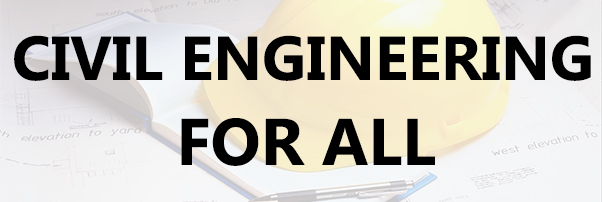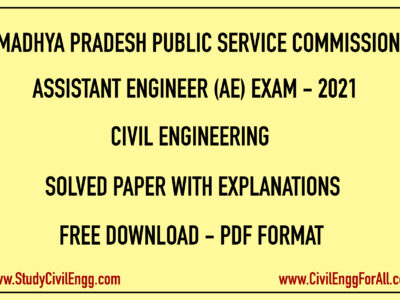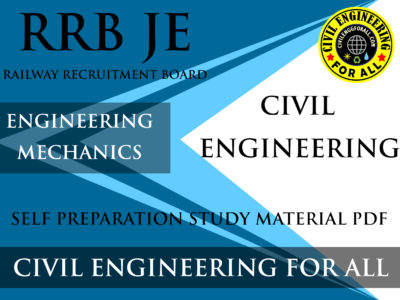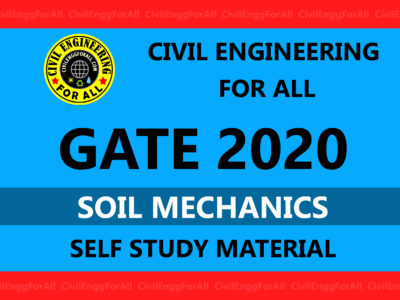
CONTENTS
- Accuracy and Precision
- Error Analysis
- Algebraic Equations
- Polynomial Equations
- Transcendental Equations
- Methods of Solving Non-linear Equations
- Newton-Raphson Method
- Limitations of Newton-Raphson Method
- Secant Method
- Solution of Non-linear Simultaneous Equations
- Least Squares Approximation
- The General Case
- Legendre Polynomials
- Finding the Least Squares Approximation
- Numerical Integration
- Single and Multi-step Method for First Order Differential Equation
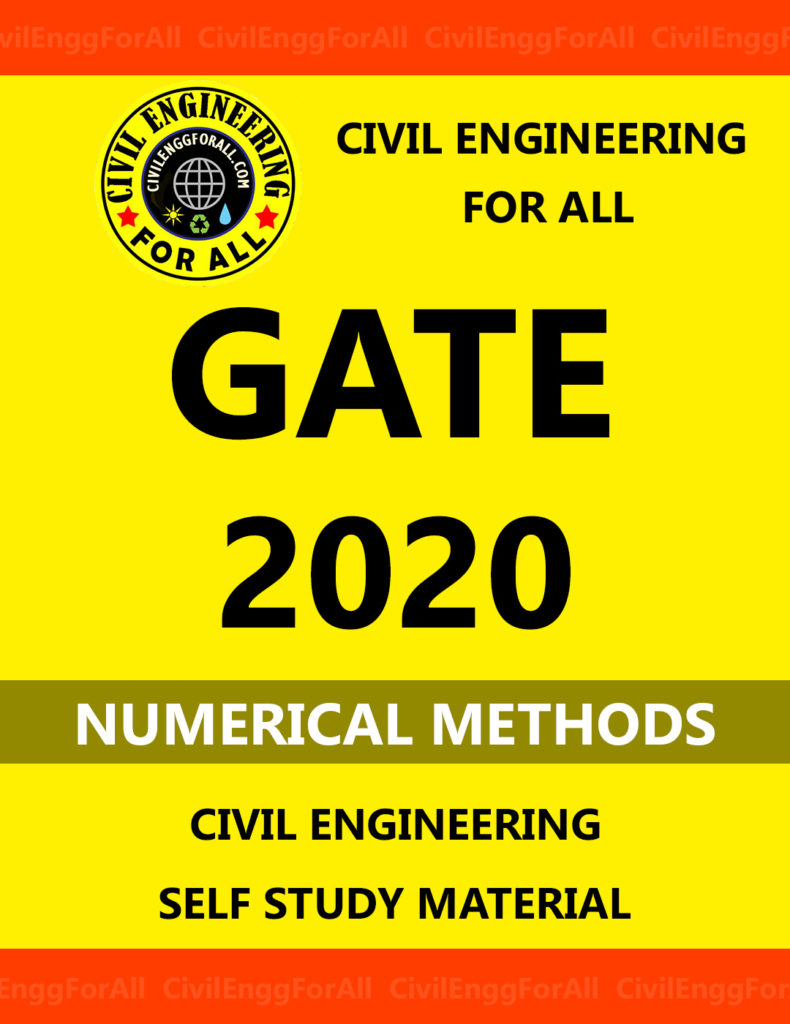
NUMERICAL METHODS
ACCURACY AND PRECISION : Accuracy is the agreement between an experimental value, or the average of several determinations of the value, with an accepted or theoretical (“true”) value for a quantity.
Accuracy is usually expressed as a percent difference
% difference = (experimental – true) x 100%/true
The accepted value for the density of gold metal is 19.31 g/cm3. If a student measured the mass and volume of a sample of gold, and obtained a value of 19.03 g/cm3, the percent difference would be calculated as
% difference = (19.03-19.31)x100%/19.31 = -1.5%
A percent difference can be positive or negative; the sign shows whether the experimental value is higher or lower than the actual or theoretical value. This distinction is not used in precision, since all values are experimental. If one has high precision, or reproducibility, and poor accuracy, there is usually a systematic error of some sort. This can involve improper calibration or mishandling of a measuring device (very consistent mishandling, but mishandling just the same!). Good accuracy and poor precision can result from a combination of sloppy experimental procedure and dumb luck. However, some quantities are difficult to determine with high precision, such as those involving lab animals. I n such cases, the experimenter must make many determinations of the value and average them. The goal of any experimenter should be to achieve both high precision and high accuracy in his or her work. Your lab work will often be graded on the basis of your precision, accuracy, or both. Pay attention to technique in the lab and your work will be of high quality.
ERROR ANALYSIS
The Uncertainty of Measurements
Some numerical statements are exact: Mary has 3 brothers, and 2 + 2 = 4. However, all measurements have some degree of uncertainty that may come from a variety of sources. The process of evaluating this uncertainty associated with a measurement result is often called uncertainty analysis or error analysis. The complete statement of a measured value should include an estimate of the level of confidence associated with the value. Properly reporting an experimental result along with its uncertainty allows other people to make judgments about the quality of the experiment, and it facilitates meaningful comparisons with other similar values or a theoretical prediction. Without an uncertainty estimate, it is impossible to answer the basic scientific question: “Does my result agree with a theoretical prediction or results from other experiments?” This quest ion is fundamental for deciding if a scientific hypothesis is confirmed or refuted. When we make a measurement, we generally assume that some exact or true value exists based on how we define what is being measured. While we may never know this true value exactly, we attempt to find this ideal quantity to the best of our ability with the time and resources available. As we make measurements by different methods, or even when making multiple measurements using the same method, we may obtain slightly different results. So how do we report our findings for our best estimate of this elusive true value? The most common way to show the range of values that we believe includes the true value is:
Measurement = best estimate ± uncertainty (units)
Let’s take an example. Suppose you want to find the mass of a gold ring that you would like to sell to a friend. You do not want to jeopardize your friendship, so you want to get an accurate mass of the ring in order to charge a fair market price. By simply examining the ring in your hand, you estimate the mass to be between 10 and 20 grams, but this is not a very precise estimate. After some searching, you find an electronic balance that gives a mass reading of 17.43 grams. While this measurement is much more precise than the original estimate, how do you know that it is accurate, and how confident are you that this measurement represents the true value of the ring’s mass? Since the digital display of the balance is limited to 2 decimal places, you could report the mass as m = 17.43 ± 0.01 g. Suppose you use the same electronic balance and obtain several more readings: 17.46 g, 17.42 g, 17.44 g, so that the average mass appears to be in the range of 17.44 ± 0.02 g. By now you may feel confident that you know the mass of this ring to the nearest hundredth of a gram, but how do you know that the true value definitely lies between 17.43 g and 17.45 g? Since you want to be honest, you decide to use another balance that gives a reading of 17.22 g. This value is clearly below the range of values found on the first balance, and under normal circumstances, you might not care, but you want to be fair to your friend. So what do you do now?
- Accuracy is the closeness of agreement between a measured value and a true or accepted value. Measurement error is the amount of inaccuracy
- Precision is a measure of how well a result can be determined (without reference to a theoretical or true value) It is the degree consistency and agreement among independent measurements of same quantity, also the reliability or reproducibility o the result
- The statement of uncertainty associated with a measurement should include factors that affect both the accuracy and precision of the measurement
Caution: Unfortunately the terms error and uncertainty are often used inter changeably to describe both imprecision and inaccuracy. This usage is so common that it is impossible to avoid entirely. Whenever you encounter these terms, make sure you understand whether they refer to accuracy or precision, or both. Notice that in order to determine the accuracy of a particular measurement, we have to know the ideal, true value, which we really never do. Sometimes we have a “textbook” measured value, which is known precisely, and we assume that this is our “ideal” value, and use it to estimate the accuracy of our result. Other times we know a theoretical value, which is calculated from basic principles, and this also may be taken as an “ideal” value. But physics is an empirical science, which means that the theory must be validated by experiment, and not the other way around. We can escape these difficulties and retain a useful definition of accuracy by assuming that, even when we do not know the true value, we can rely on the best available accepted value with which to compare our experimental value.
For our example with the gold ring, there is no accepted value with which to compare, and both measured values have the same precision, so we have no reason to believe one more than the other. The only way to assess the accuracy of the measurement is to compare with a known standard. For this situation, it may be possible to calibrate the balances with a standard mass that is accurate within a narrow tolerance and is traceable to a primary mass standard at the National Institute of Standards and Technology (NIST). Calibrating the balances should eliminate the discrepancy between the readings and provide a more accurate mass measurement.
Methods of solving Non-Linear Equations
(1) Direct Analytical Methods
In certain cases, roots can be found by using direct analytical methods.
Ex. Consider a quadratic equation ax2+bx+c = 0
Solution of this equation is (-b±(b2-4ac)1/2)/2a
This equation gives the two roots of quadratic equation. However there are equations that cannot be solved by analytical methods.
Ex. 2 sin x – x = 0 cannot be solved analytically. Direct methods for solving non-linear equations do no exist except for certain simple cases.
(2) Graphical Methods
These are useful when we are satisfied with approximate solution for a problem. This method involves plotting the given function and determining the points where it crosses the x-axis. These points represent approximate values of the roots of the function.
(3) Trial and Error Methods
This method involves a series of guesses for x, each time evaluating the function to see whether it is close to zero. The value of x that causes the function value closer to zero is one of the approximate roots of the equation. Although graphical and trial and error methods provide satisfactory approximations for many problem situations, they become cumbersome and time consuming. Moreover, accuracy of the results are inadequate for the requirements of many engineering and scientific problems.
(4) Iterative Methods
It usually begins with an approximate value of the root called initial guess, which is then successively corrected iteration by iteration. The process of iteration stops when desired level of accuracy is obtained. Since iterative methods involve a large number of iterations and arithmetic operations to reach a solution, the use of computers has become inevitable to make the task simple and efficient. Before initiating an iterative process, we have to determine either an approximate value of root or a search interval that contains a root.
Types of Iterative Methods
There are a number of iterative methods that have been tried and used successfully in various problem situations. All these methods typically generate a sequence of estimates of the solution which is expected to converge to the true solution. All iterative methods begin their process of solution with one or more guesses at the solution being sought. Types of iterative methods based on number of guesses they use are
Bracketing methods
These are also called interpolation methods. It start with two initial guesses that ‘bracket’ the root and then systematically reduce the width of bracket until the solution is reached. Types of Bracketing methods: (a) Bisection method (b) False position method These methods are based on the assumption that the function changes sign in the vicinity of a root.
Open end methods
These are also called extrapolation methods. It uses a single starting value or two values that do not necessarily bracket the root. Types of open end methods: (a) Newton-Raphson method (b) Secant method (c) Muller ‘s method (d) Fixed-point method (e) Bairstow’s method Note: Bracketing methods require to find sign changes in the function during every iteration. Open end methods do not require this.
NUMERICAL METHODS ENGINEERING MATHEMATICS GATE STUDY MATERIAL PDF – FREE DOWNLOAD ON CIVILENGGFORALL
DOWNLOAD LINK : CLICK HERE
PASSWORD : CivilEnggForAll
OTHER USEFUL BOOKS
- CIVIL ENGINEERING TEXTBOOKS WITH DOWNLOAD LINKS
- IES MASTER CIVIL ENGINEERING GATE STUDY MATERIALS PDF
- ACE ACADEMY CIVIL ENGINEERING GATE STUDY MATERIALS PDF
- TELANGANA STATE PUBLIC SERVICE COMMISSION – ASSISTANT ENGINEER 2023 – TSPSC AE 2023 CIVIL ENGINEERING EXAM SOLVED PAPER WITH EXPLANATIONS PDF FREE DOWNLOAD
- SSC JE 2023 CIVIL ENGINEERING (CPWD/CWC/MES) EXAM SOLVED PAPER PDF FREE DOWNLOAD
- BIHAR PUBLIC SERVICE COMMISSION ASSISTANT ENGINEER (BPSC AE) 2022 CIVIL ENGINEERING EXAM SOLVED PAPER WITH EXPLANATIONS PDF
- NHPC (NATIONAL HYDROELECTIC POWER CORPORATION) JUNIOR ENGINEER NHPC JE 2022 CIVIL ENGINEERING EXAM SOLVED PAPER PDF FREE DOWNLOAD
- ANDHRA PRADESH PUBLIC SERVICE COMMISSION (APPSC) – ASSISTANT EXECUTIVE ENGINEER (AEE) EXAM 2022 – SOLVED PAPER FREE DOWNLOAD PDF
